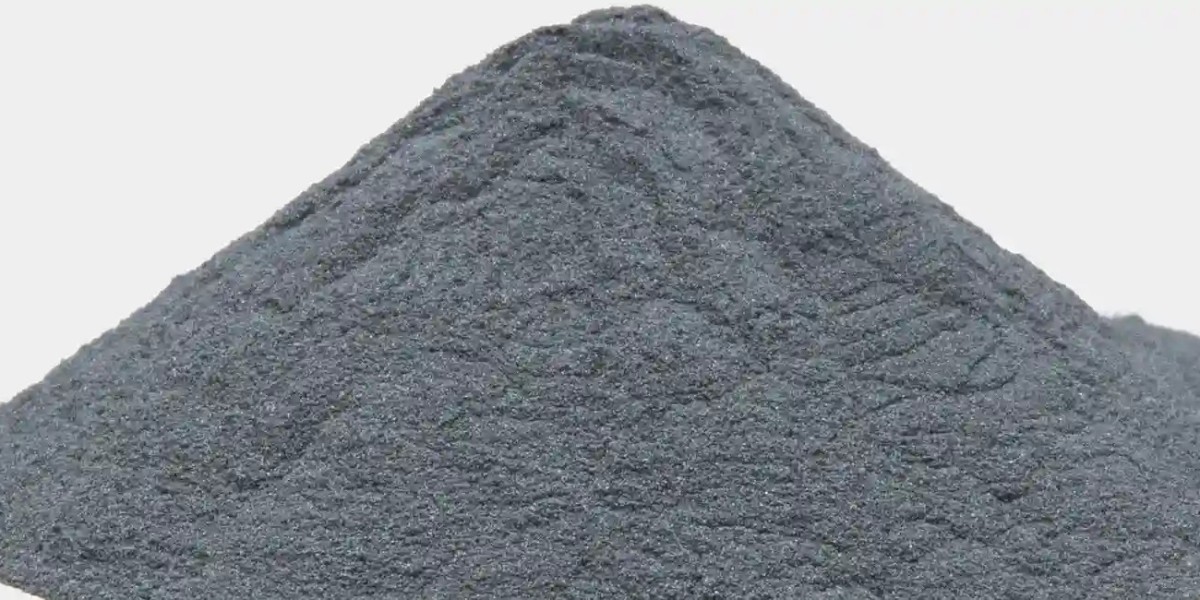Introduction:
Silicafume Manufacturers in India material, a byproduct of silicon metal or ferrosilicon alloy production, offers substantial environmental benefits that are reshaping the way we approach construction projects.
Understanding Silica Fume
Defining Silica Fume Silica fume comprises ultrafine particles predominantly made of amorphous silica, derived from industrial processes like silicon metal or ferrosilicon alloy production.
Key Properties of Silica Fume
- Exceptionally reactive particles facilitate strong bonding with cement, resulting in denser, more durable concrete.
- Its fine particle size fills voids between cement particles, enhancing concrete's compactness and reducing permeability.
Environmental Benefits of Silica Fume in Construction
Carbon Footprint Reduction By bolstering concrete strength and longevity, silica fume significantly reduces the need for frequent repairs or replacements, thereby curbing the environmental impact associated with construction activities.
Enhanced Durability The integration of silica fume enhances concrete's resistance to corrosion, abrasion, and environmental stressors, prolonging the lifespan of structures and diminishing the need for resource-intensive maintenance.
Waste Reduction Utilizing Micro Silica Manufacturers in India in construction minimizes waste generation by repurposing industrial byproducts. This not only reduces environmental burden but also adds value to materials otherwise destined for disposal.
Promoting Sustainable Construction Practices with Silica Fume
Resource Efficiency Silica fume allows for the optimization of concrete mixtures, enabling reduced cement usage without sacrificing performance. This conserves resources and lowers energy consumption during concrete production.
Structural Performance Enhancement Structures incorporating silica fume exhibit superior strength, durability, and resilience to environmental factors. Embracing this material advances sustainable construction practices, fostering infrastructure capable of withstanding evolving challenges.
Conclusion:
In summary, the adoption of silica fume marks a significant stride towards sustainable construction practices. As Amorphous Silica Manufacturers in India spearhead its integration, the industry stands poised to mitigate environmental impacts while enhancing structural integrity. Leveraging silica fume not only fortifies structures but also promotes resource efficiency and waste reduction, underscoring its pivotal role in sustainable development within the construction sector.








